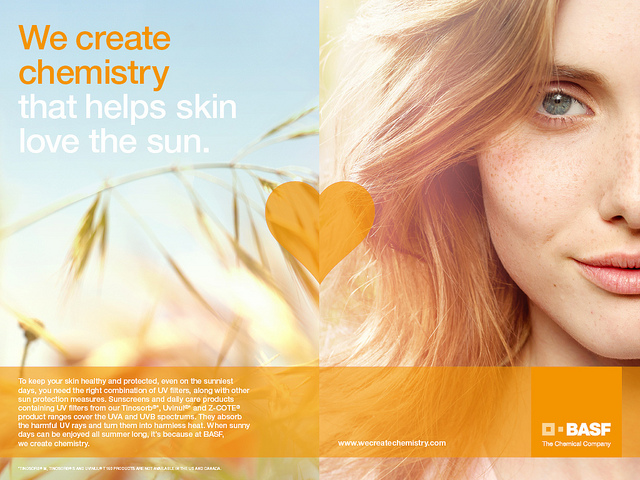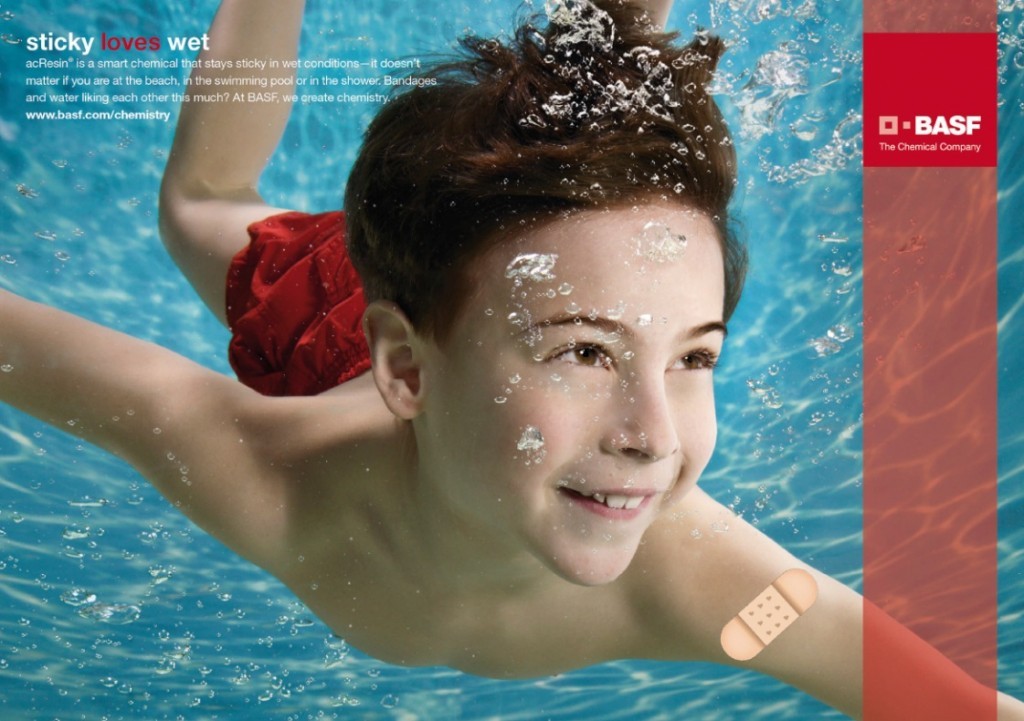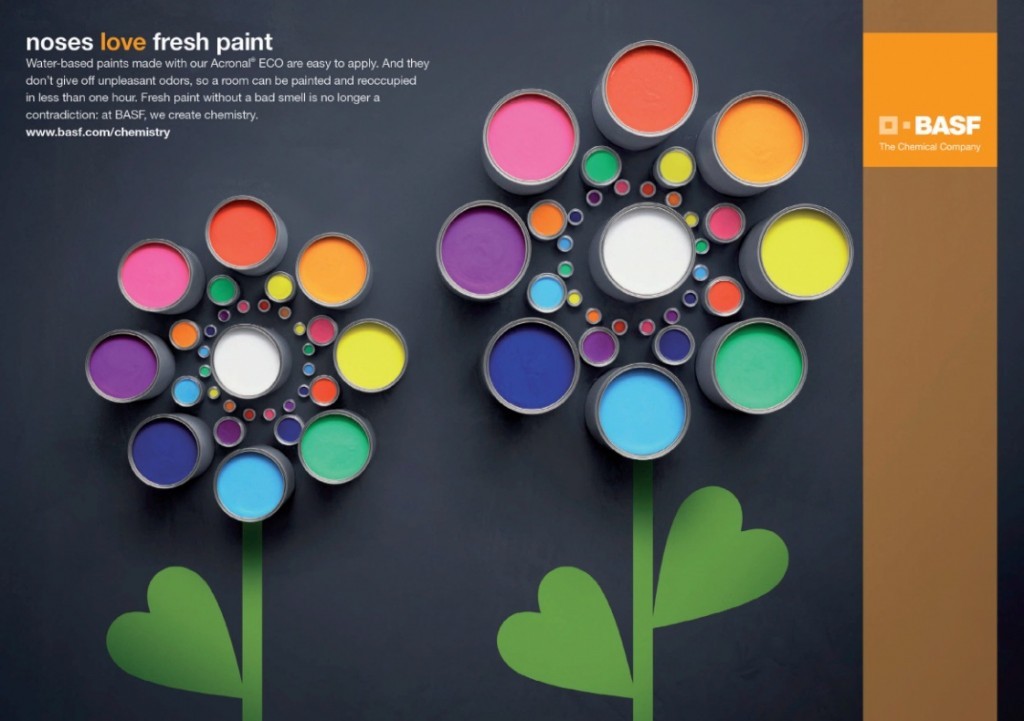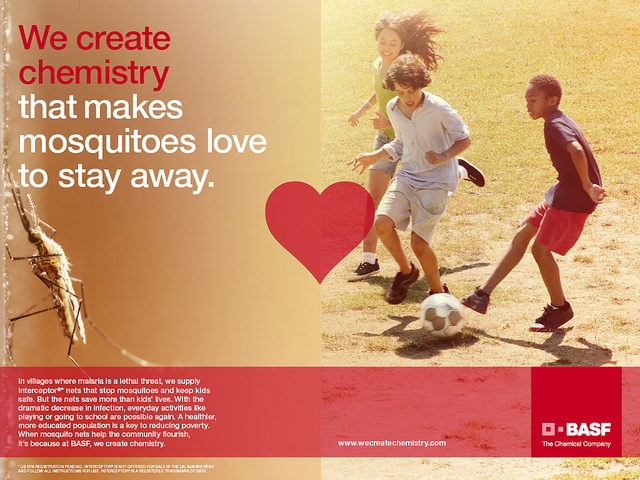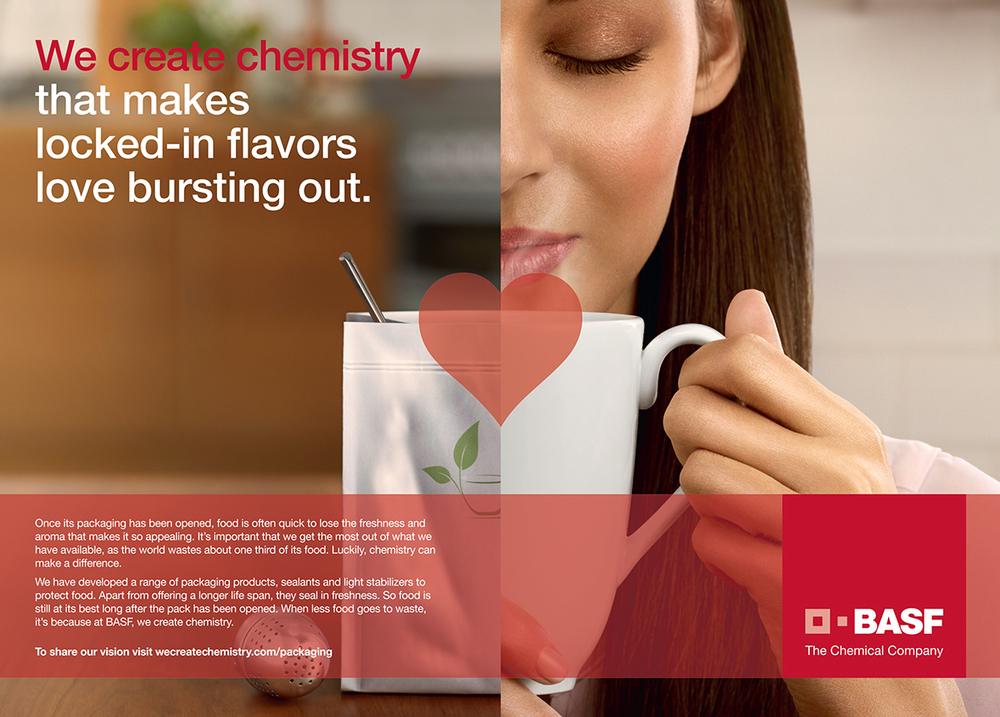Design as an industry is unique in that people outside of the industry think they can “design”. Designers, in house and agency side, all struggle to find their unique differentiator to validate their discipline and add value. Here are a few lessons I have learned in my years as a design professional, solving design problems for a wide variety of clients.
Learn the business.
Some internal designers tend to be more focused on what they do rather than who they are doing it for. I always stress to my internal teams that the key differentiator for them being in house is knowledge. And, I’ve always been surprised how many had little desire or interest to really understand the companies and products they worked for. Internal design teams have a leg up on external agencies. We have deep knowledge and insights into customers that should give us an unfair advantage. The more the business sees that design is really connected to the company and the customers, the more they just might let you try some of your crazy ideas.
Remove Subjectivity
Design can be validated. Design can be tested. There are principles that as designers we must learn, adhere to and evangelize.
As design professionals, we need to be able to have conversations about ROI. Real impact of design changes. Design can move the needle.
Design for design sake has no place in business. Design for solving real problems does. Speak about design in a language that the business will understand. Show them how a “thinking like a designer” approach can help get to better solutions to business problems quickly.
Solve Real problems
Only when we are solving real needs do we truly add value. It isn’t enough to find a proxy for the customer. Especially today. The market is crowded in whatever field you are in. The consumer is educated. They’ve been exposed to more and more custom-tailored solutions. Only by going deep. Mining deep insights from real customer can we begin to understand real problems. Real problems = real opportunity. We used to talk in terms of “felt need” let’s return to that.
